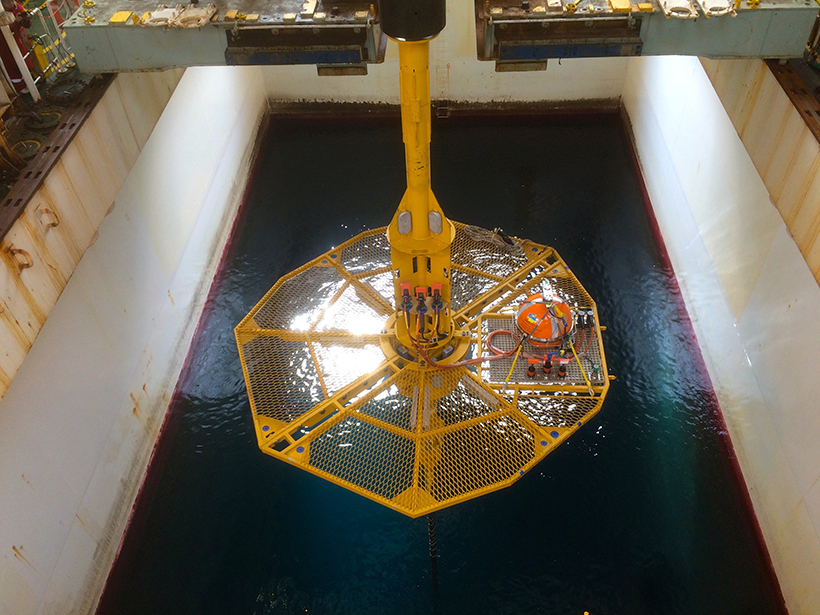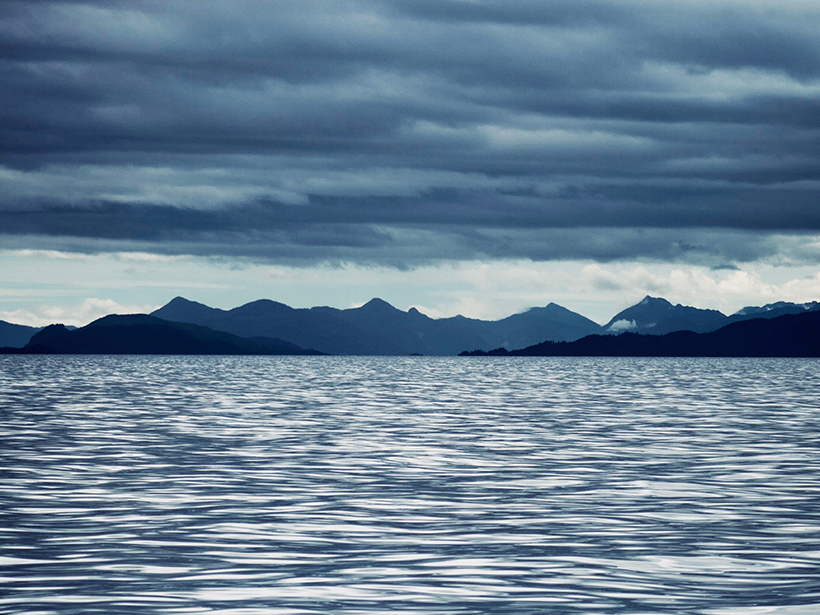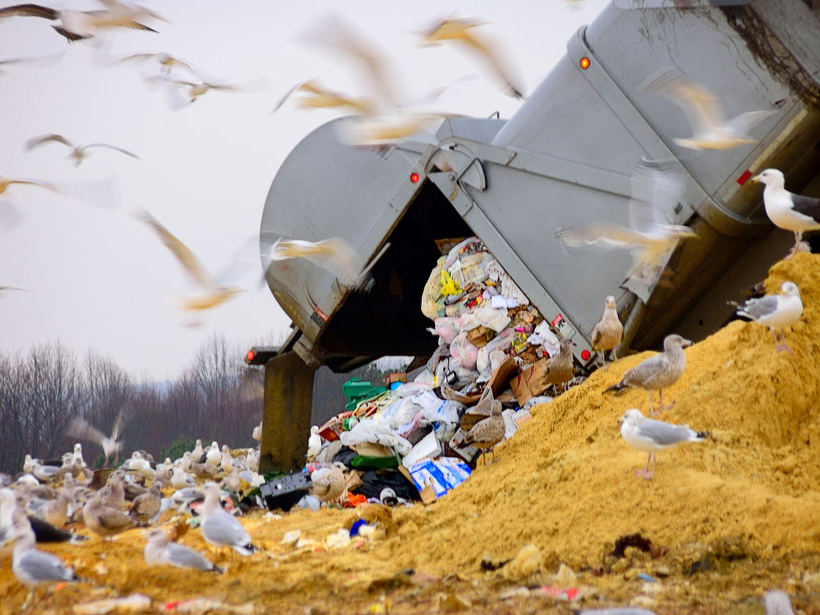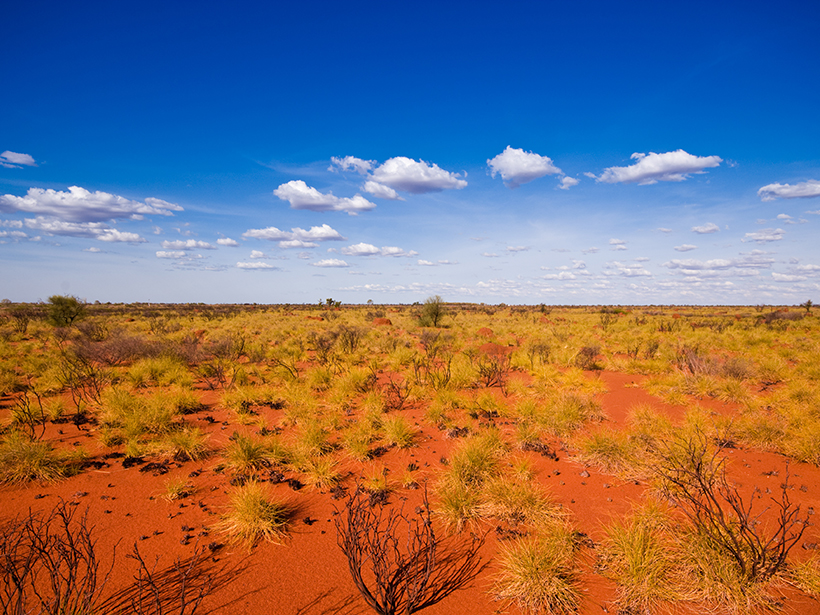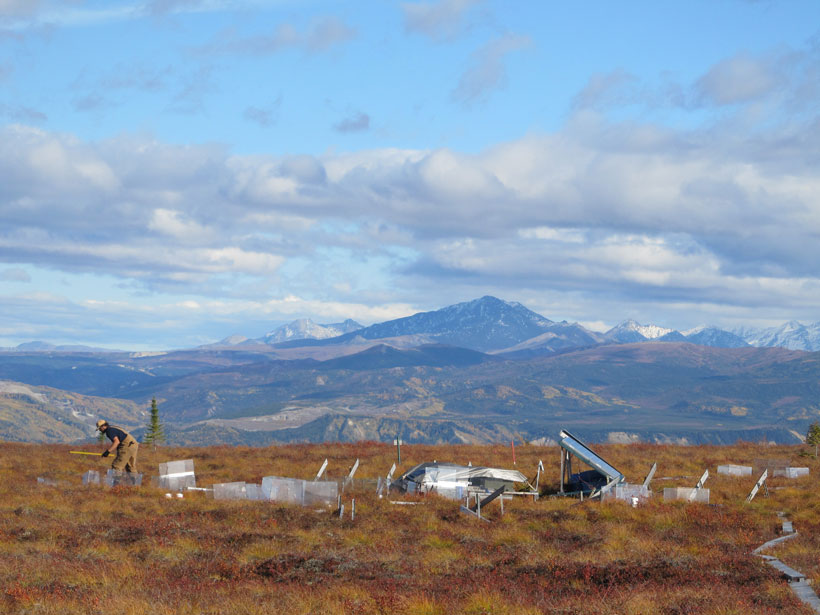A new study identifies possible precursors to space weather in the regions encircling sunspots.
Research Spotlights
Research spotlights are plain-language summaries of recent articles published in AGU’s suite of 24 journals.
In a Submarine Trough, Permeable Rocks May Lead to Quakes
In Japan’s submarine Nankai Trough, rock permeability is much higher when measured at larger scales, likely because of big fractures and faults that are not captured at small scales.
Tool to Capture Marine Biological Activity Gets Coastal Upgrade
Upwelling hinders an efficient method to estimate a key measure of biological productivity in coastal waters, but accounting for surface temperatures could boost accuracy.
Satellite Observations Validate Stratosphere Temperature Models
Since the 1970s, the stratosphere has cooled as ozone levels dropped and carbon dioxide levels increased. Chemical models of the temperature decline conflicted with satellite observations—until now.
Tiny Marine Shells Reveal Past Patterns in Ocean Dynamics
A 400,000-year calcium carbonate record from the ocean floor sheds light on deep-ocean circulation and on mechanisms driving climate patterns and atmospheric carbon dioxide concentrations.
Greenhouse Gas Inventories Underestimate Methane Emissions
A new study in the Baltimore-Washington metropolitan area reveals prior estimates may significantly underrepresent methane emissions, particularly from landfills and natural gas systems.
Volcano in Iceland Is One of the Largest Sources of Volcanic CO2
High-precision airborne measurements, in combination with atmospheric modeling, suggest that the Katla subglacial caldera may be one of the planet’s biggest sources of volcanic carbon dioxide.
Unraveling the Origins of Australia’s Ancient Mountain Chains
New data synthesis suggests that varying rates of trench retreat along the margin of the Gondwana supercontinent were responsible for the curvature of the Tasmanide mountain chains.
How Nitrogen Contributes to Permafrost Carbon Dynamics
Nitrogen released into the soil from thawing permafrost in the Arctic could accelerate soil carbon decomposition and alter carbon dynamics, with global implications.
A More Detailed Look at Earth’s Most Poorly Understood Crust
The second-generation Antarctic Digital Magnetic Anomaly Project offers a powerful new tool for probing the structure and evolution of the southernmost continent’s lithosphere.


